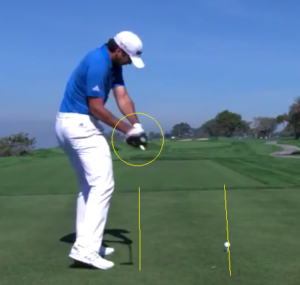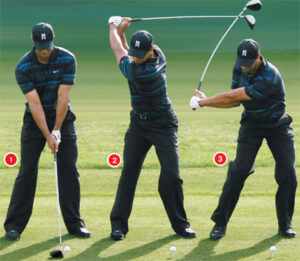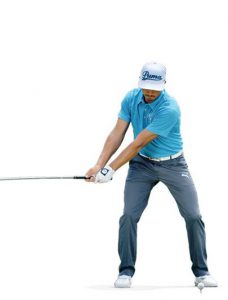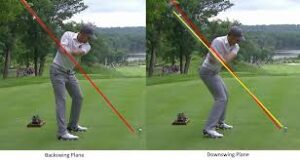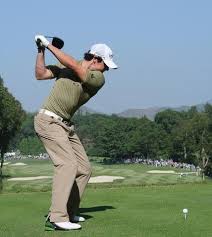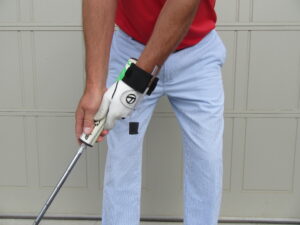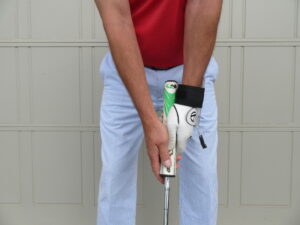Does your swing stay exactly the same when you swing at the range, on the fairway or in the rough? Well your tempo should be the same. Unfortunately as our game gets in trouble, our mental state changes and we tend to take it out on the ball. In frustration, our golf swing may revert to a baseball swing. In our panic stricken mind, we are looking for every ounce of energy. Big mistake!
A. When your ball is nestled down in the rough do you rush your backswing which limits the length of your backswing? Big mistake!
B. When you see one of your playing partners pound a tremendously long shot, do you try to hit faster and harder. Big mistake!
C. When you have to get over water or trees or a distant sand trap, do you lose your tempo, avoid transferring your weight to your leading leg and top your ball? Big mistake!
SOLUTION: TAKE CONTROL OF YOUR MIND and maintain the same rhythm in your swing for every shot. A consistent swing routine is a good starting point but when the pressure is on and your mind is ticked off you need a way to SNAP OUT OF YOUR COMMITMENT TO KILL THAT BALL.
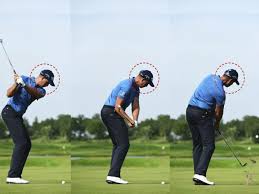
Henrik Stenson won the Wyndham Championship with extreme mental control especially after a poor shot. He’s a great example of self-control and keeping his head at the same level throughout his swing. [Image courtesy Golf Monthly, UK]
2/ Say the word “STOP” to re-start your state of mind and stop whatever you are doing to allow time for a mental reset. Use the word “STOP” as a trigger to get back on track.
3/ Start your “CALMING PERFORMANCE”. Take a deep breath and exhale. Then say words to yourself that will lead you through your normal setup and swing. You should develop your own calming words. Practice saying them at the driving range and then repeat them when you recognize that you are out of control.
I start my calming process by using the words “Straight Arm” as I calmly use a shoulder rotation waggle with my straight leading arm (ensuring that my trailing elbow is out from my ribs).
To control my tempo I use the 3 words “SWEEP AND FINISH”: #1 SWEEP for full shoulder rotation, #2 AND for wrist lag and #3 FINISH for wrist release from the “slot” to a balanced finish.
NOTE: TAKE YOUR PENALTY: When your ball is deep in the rough, you should accept the fact that you need to pay for this penalty. Use a lofted iron that will dig down into the rough to hit it out with a lot less distance than it would normally achieve when hitting on “the short stuff”. Control your mind and decide to take the penalty shot to get your ball back in a perfect fairway position for your next shot. DON’T try for the miracle shot which may just put your ball back in the rough.
Practice your CALMING WORDS at the range and when your mind needs to be calm on the course. Practice with GOLFSTR+ for your straight arm swing AND 6 Swing Fixes. Buy one today at www.golfstr.com



